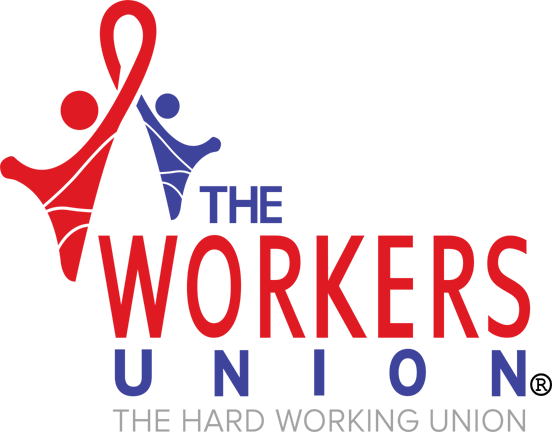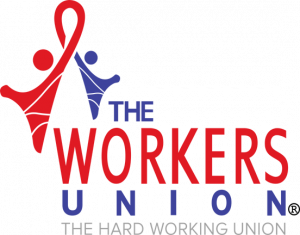The number of people aged over 50 claiming benefits has surged to unprecedented levels, with nearly two million workers between the ages of 50 and 64 now out of work and dependent on welfare support.
According to the latest figures, 1.99 million working people in this age bracket are currently receiving benefits — a dramatic 43 per cent increase from the 1.4 million recorded in March 2020 before the COVID-19 pandemic struck.
The Centre for Social Justice (CSJ), a think tank founded by former Conservative leader and Welfare Secretary Sir Iain Duncan Smith, says the rise is being driven by a sharp increase in long-term sickness among older workers. Their research found that such cases have risen by 21 per cent since 2015, with the majority of those affected effectively removed from the labour market.
A system ‘defaulting to full sickness absence’
The CSJ report argues that the current process for sickness certification is contributing to the problem with a hidden cost of rising workplace sickness. In the final quarter of 2024–25 alone, 2.7 million fit notes were issued — a 2.8 per cent increase on the previous year. Significantly, 93 per cent of these classified the recipient as “not fit for work”, while only seven per cent used the “may be fit for work” option, which is designed to encourage a phased return or modified duties.
Researchers claim this reflects a system that defaults to signing people off entirely contributing to a surge in workplace absences, rather than seeking solutions that might keep them in work. GPs, they note, often lack both the time and the training to assess and recommend reasonable adjustments that could help patients remain employed.
The economic cost of lost experience
The CSJ warns that the situation amounts to an “economic disaster and a missed opportunity”, stressing that over 50s workers bring valuable skills, insight, and experience. The loss of these workers from the labour force represents a significant depletion of the UK’s human capital at a time when growth is a national priority.
The report estimates that even a modest increase in employment among inactive 50–64-year-olds could generate billions in additional tax revenue and welfare savings by simply harnessing wisdom of older workers.
Calls for reform
To address the issue, the CSJ has called for an overhaul of the sick note system and the creation of a dedicated National Work and Health Service. Such a body would relieve GPs of the responsibility for workplace adjustment assessments and ensure that support is available to help people with manageable health conditions stay in work.
The research also highlights a worrying trend in the motivation of older people to return to work. In 2015, 19 per cent of those not working expressed a desire to find a job. By last year, that figure had fallen to just 14 per cent — and even among this group, many are not actively seeking employment.
Labour MP Carolyn Harris, a deputy chair of the CSJ, said the findings illustrated that the UK economy was suffering a “mid-life crisis”. She urged the Government to push ahead with the WorkWell scheme — a planned integrated work and health support service — to “stem the flow of the 300,000 or so who exit work every year due to sickness” and ensure people get the help they need to stay economically active.
Helping workers communicate with employers
For those currently struggling with illness but keen to stay in work, the key may lie in better communication with employers. Adjustments to hours, workloads, or duties can often make the difference between continued employment and long-term absence. Understanding workplace policies, speaking openly with managers about health limitations, and exploring flexible arrangements can be essential steps in maintaining job security while managing a health condition.
As policymakers consider large-scale reforms, this simple principle — keeping the door open between worker and employer — may prove critical in reducing the number of older people falling out of the workforce altogether.




